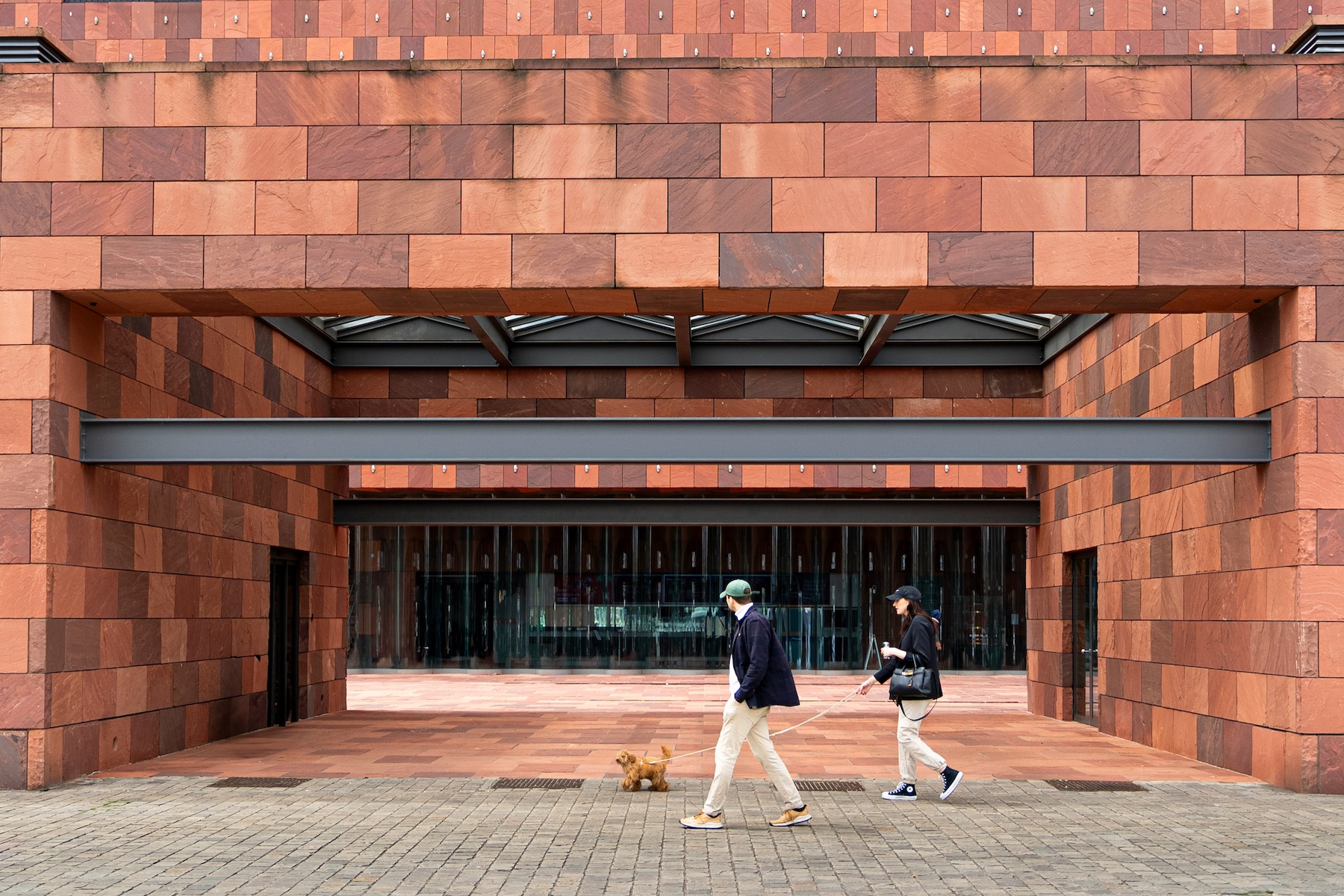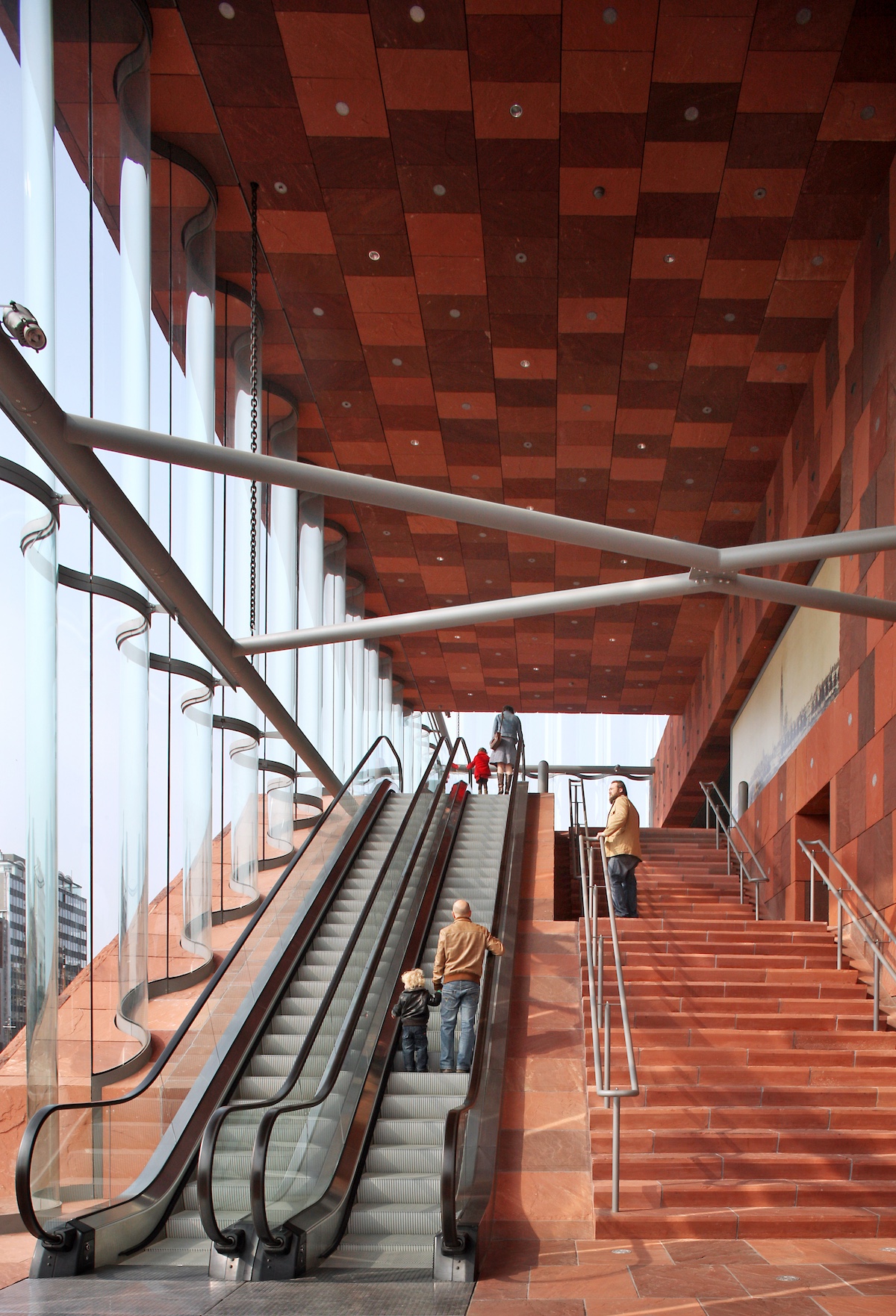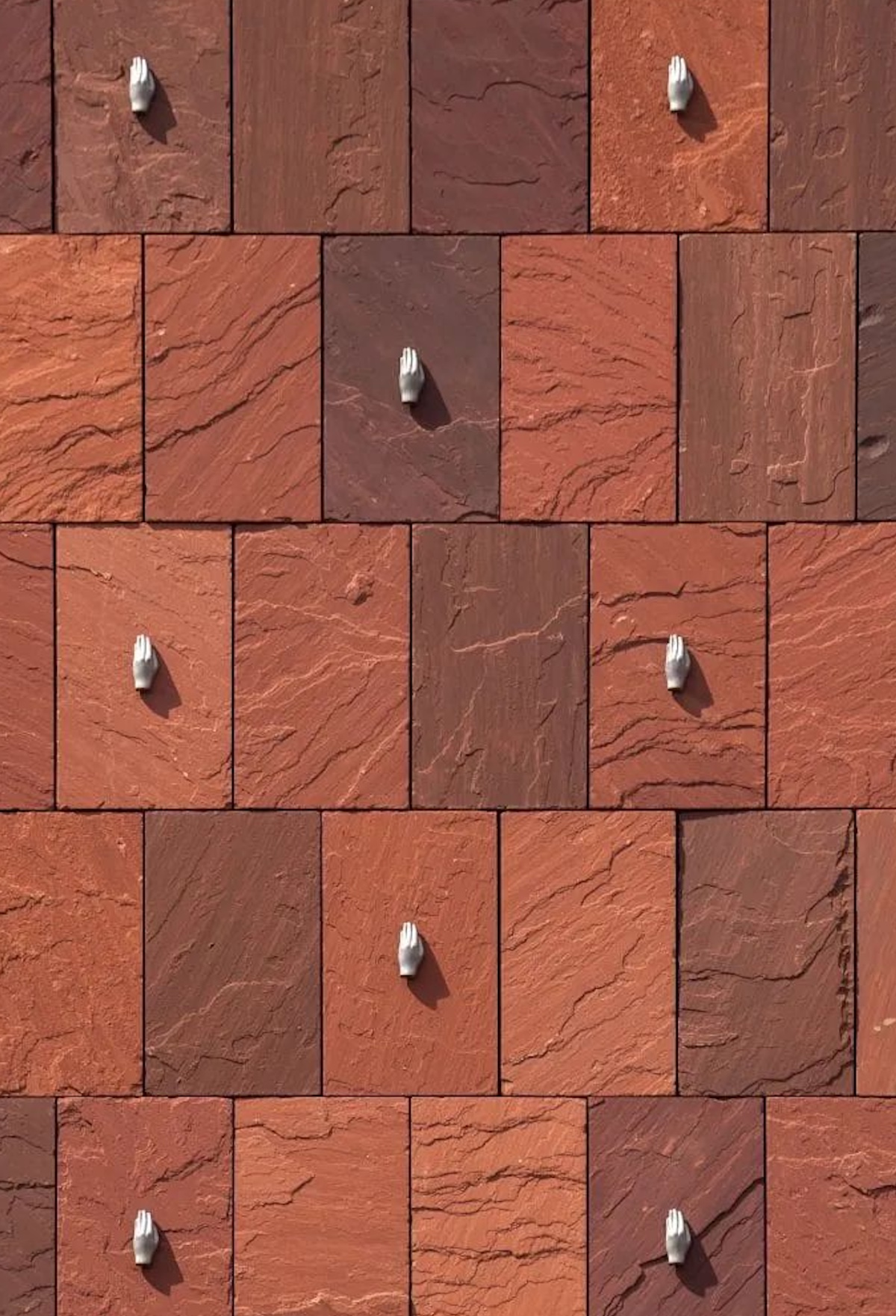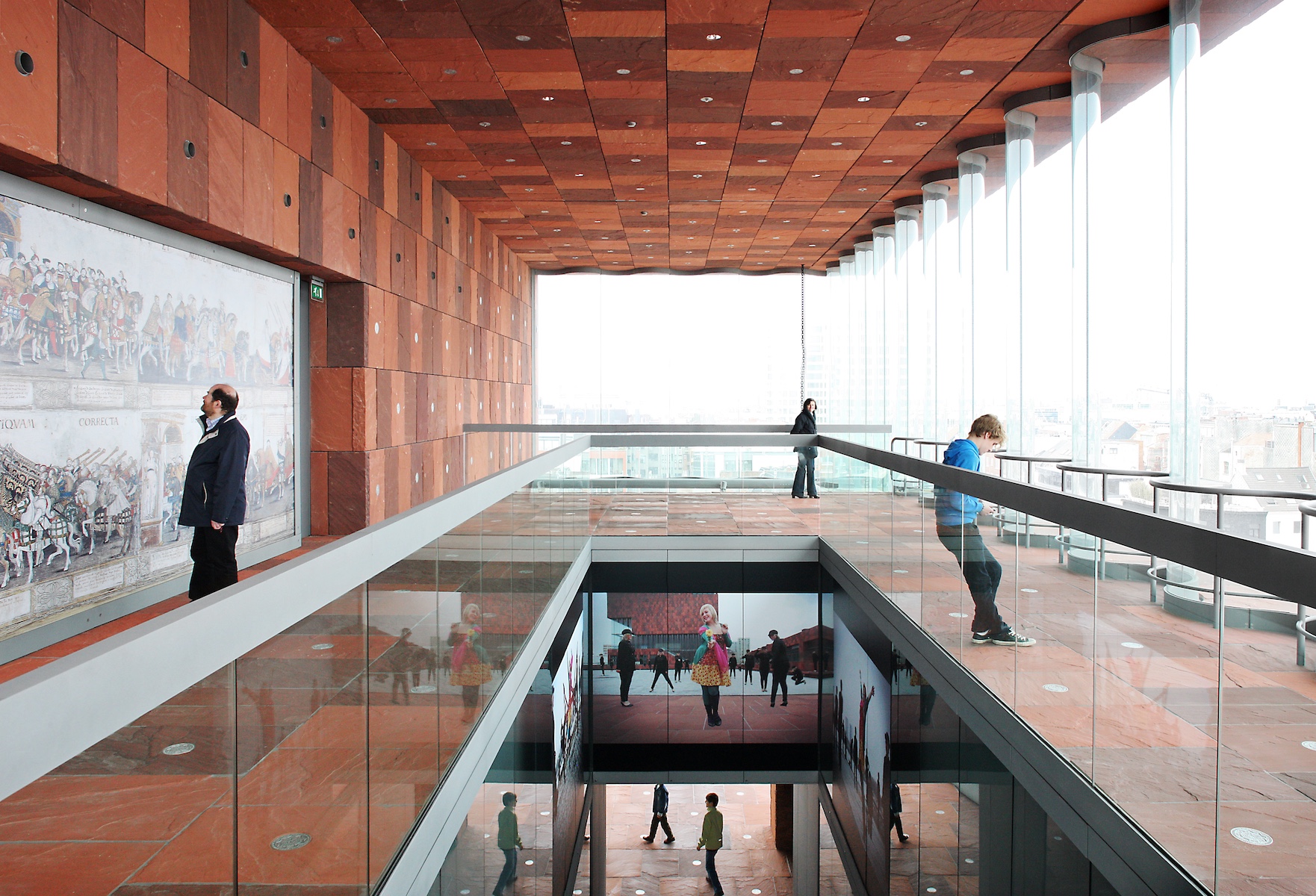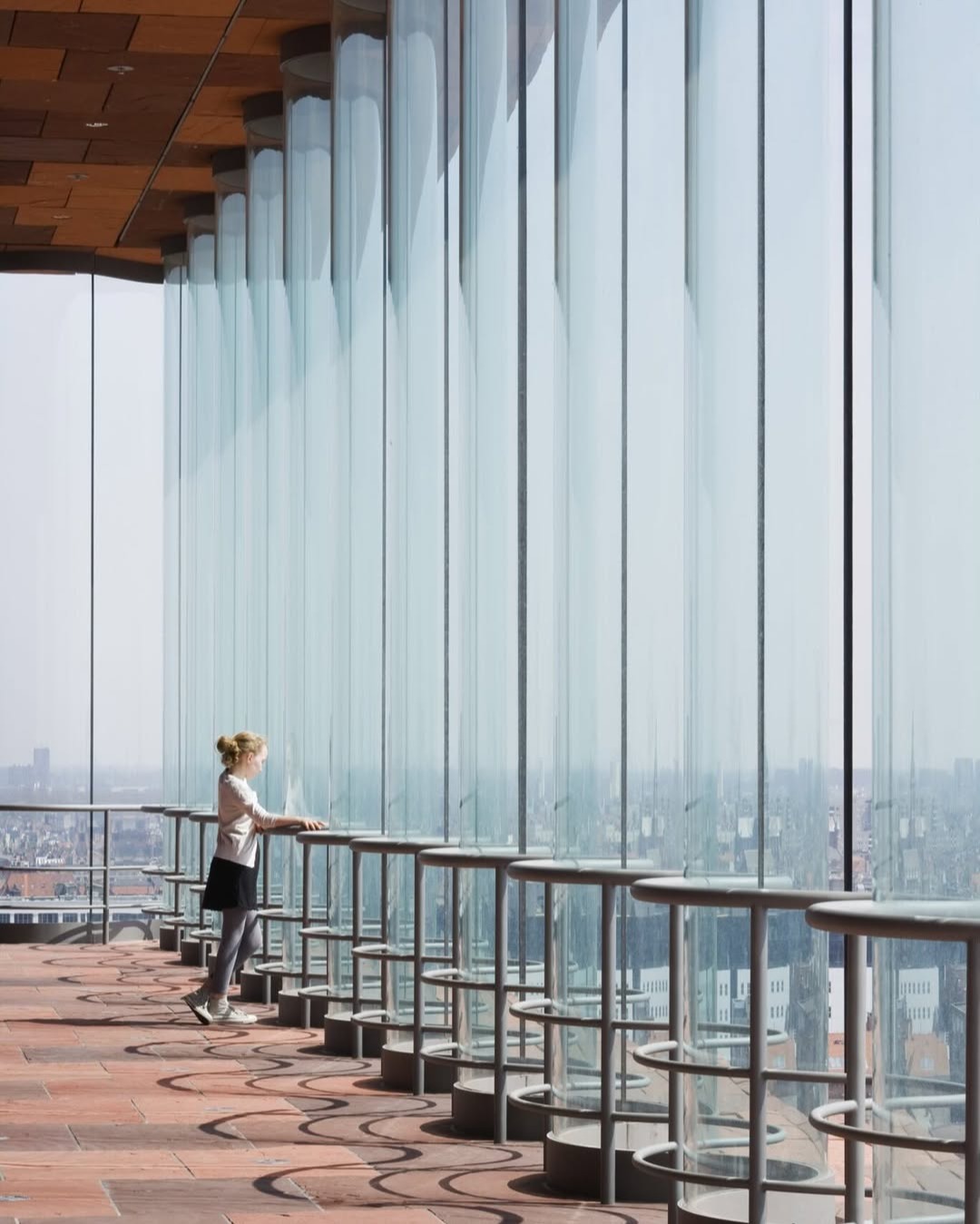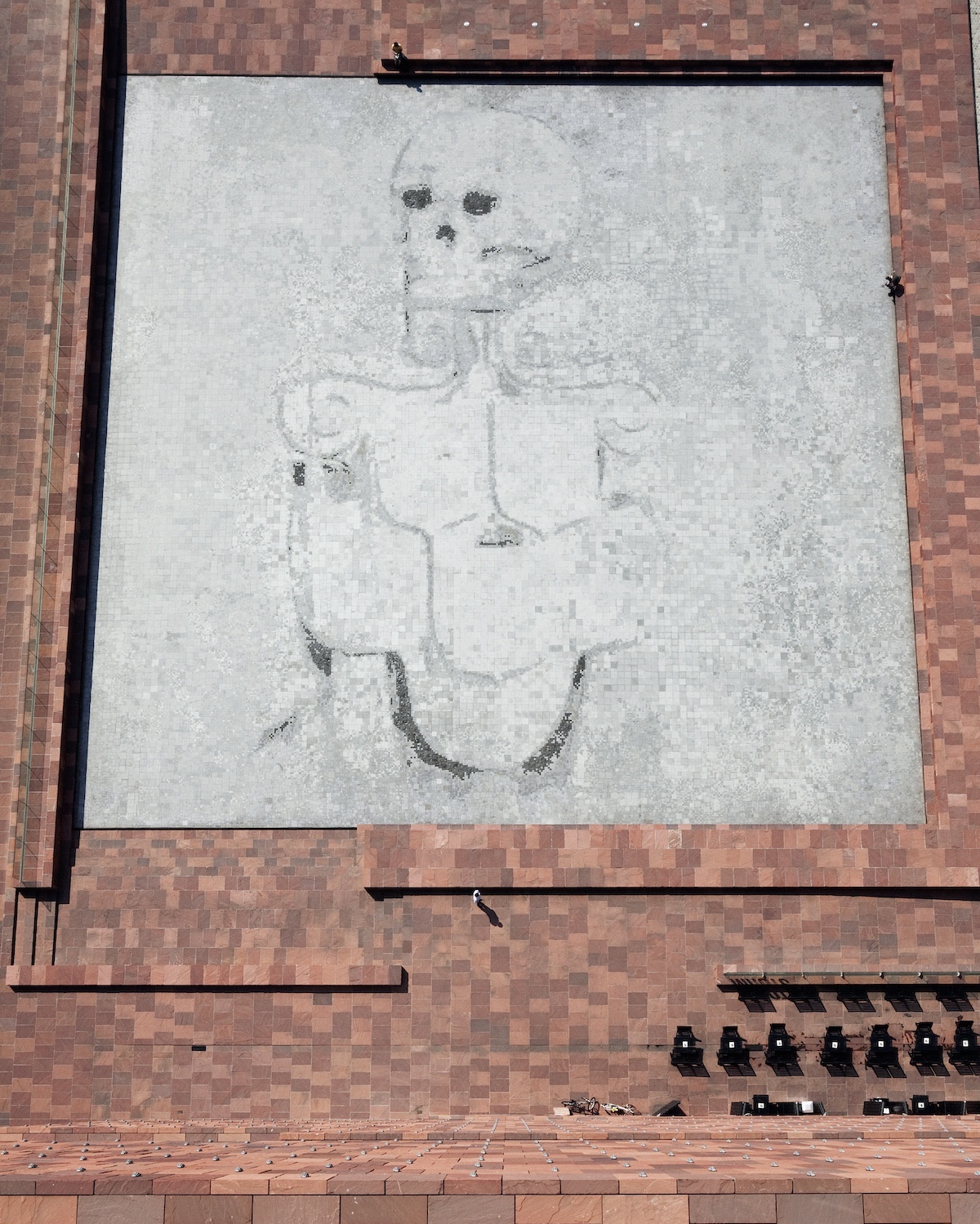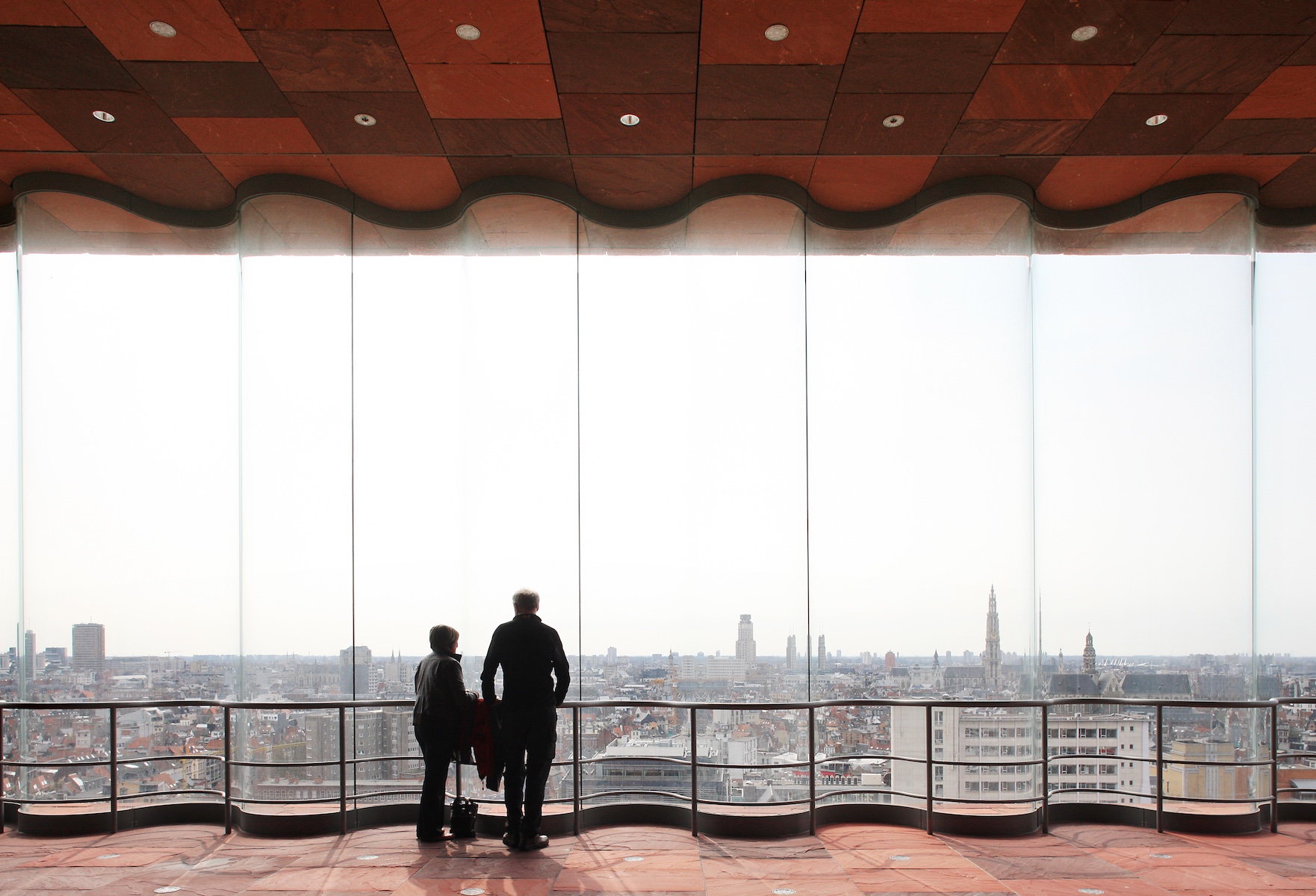JOIN the AFICIONADOS
Get the insider news and lowdown on what we've been up to, where we've been, and who we've met along the way. Be the first to discover new places and get the scoop on our favourites.
Antwerp has always been a city of portals: rivers, guilds, ships, diamonds and ideas. Rising from the old port of Eilandje like a contemporary totem to that layered legacy is MAS - the Museum aan de Stroom.
Designed by Dutch firm Neutelings Riedijk Architects and opened in 2011, MAS is more than a museum; it is an architectural statement on storytelling, globality and memory. Stacked like a series of stone reliquaries, the building twists upwards in ten storeys of Indian red sandstone and curving glass panels – a spiralling promenade that evokes the vertical grandeur of ziggurats or ancient towers, yet rooted entirely in the maritime modernism of Antwerp’s docklands.
Each floor offers another lens: on trade, faith, power, ritual – casting Antwerp not as a city in isolation but as a historic node in a web of global flows. .
The architecture speaks volumes before you even reach the exhibits. The glass panels – rippling with curved waves of light – lend MAS a transparency that counters its mass. Movement is integral here: the visitor is led along an internal spiral route called the Boulevard, an architectural gesture that blurs threshold and narrative. The structure itself becomes part of the storytelling. Inside, Tom Lanoye’s medallions inscribed on the floors echo Antwerp’s symbolic “hand”, inviting the city’s myths to become tactile, present, and walked upon.
MAS houses one of Belgium’s most important public collections: over 600,000 objects from across Europe, Africa, Asia, the Americas and Oceania – including the remarkable Pre-Columbian artefacts of the Dora Janssen-Arts Collection. The permanent exhibitions drift between themes of power, death, the sea and cultural exchange, never shying away from the tensions of colonial histories or the complexities of Antwerp’s own role as a port of empire and encounter.
One floor is entirely devoted to Visible Storage: a behind-the-scenes display of 180,000 objects, a glass-walled archive that offers transparency – both literally and museologically – into the curatorial process. There is poetry in that honesty.
But MAS is no silent monolith. It is a living forum, a place for collaboration and experimentation. From its youth curators’ programme to public dialogues around heritage and identity, MAS positions itself at the confluence of cultures and questions. It is not about closure or conclusion; it is about opening doors.
The view over the Scheldt is cinematic from the rooftop, populated by warehouses, cranes, and cathedral spires. Below, the old Hanseatic heart of the city continues to beat. And here, MAS stands: not just a museum but a civic compass—a vertical choreography of light and form where Antwerp meets the world.
